The story of a great flood, in which the divine powers of a distant age covered the earth with water, is a myth told across cultures and civilizations. The story featured in Mayan culture and Greek mythology, in Hindu tradition and in Sumerian creation tales. One of the most well-known flood tales is the Judeo-Christian version told in the Torah and the Bible.
Genesis, the first book of the Old Testament, told the story of a storm lasting forty days and nights. God created the storm to punish man, who had become corrupt and violent. God wanted to wipe out all life on earth. Before unleashing the deluge, God instructed the only just man left, Noah, to build a great ark. God told Noah to keep one male and one female of every kind of animal.
Noah obeyed. In seven days, he built an ark and loaded it with animals. Noah brought his wife on the ark, as well as his sons Shem, Ham and Japheth with their wives. God flooded the earth. Mountains disappeared under the water and all life on earth died.
After forty days the rain stopped. The earth was covered with water for another 150 days. God remembered Noah and sent winds to make the water recede.
Eventually, the ark came to rest in the mountains of Ararat. Noah sent out a raven, then a dove, to see if the ground was dry. The dove returned with an olive branch in its beak, indicating that the waters were subsiding. Noah set the dove free again. When the bird didn't return, Noah realized that the earth was habitable again. God ordered Noah and his family to leave the ark and free the animals. Noah sacrificed some of the animals to God, who promised not to flood the earth again. God instructed Noah and his family to take possession of the earth and repopulate it.
As a sign of his covenant with man, God made a rainbow appear among the clouds.
Considered a metaphor for divine power, the myth of the Great Flood may actually have historical grounds. Recent studies suggest that a great flood might have taken place 10,000 years ago. That flood may have been caused by massive runoff after the thaw of the last Ice Age.
Genesis, the first book of the Old Testament, told the story of a storm lasting forty days and nights. God created the storm to punish man, who had become corrupt and violent. God wanted to wipe out all life on earth. Before unleashing the deluge, God instructed the only just man left, Noah, to build a great ark. God told Noah to keep one male and one female of every kind of animal.
Noah obeyed. In seven days, he built an ark and loaded it with animals. Noah brought his wife on the ark, as well as his sons Shem, Ham and Japheth with their wives. God flooded the earth. Mountains disappeared under the water and all life on earth died.
After forty days the rain stopped. The earth was covered with water for another 150 days. God remembered Noah and sent winds to make the water recede.
Eventually, the ark came to rest in the mountains of Ararat. Noah sent out a raven, then a dove, to see if the ground was dry. The dove returned with an olive branch in its beak, indicating that the waters were subsiding. Noah set the dove free again. When the bird didn't return, Noah realized that the earth was habitable again. God ordered Noah and his family to leave the ark and free the animals. Noah sacrificed some of the animals to God, who promised not to flood the earth again. God instructed Noah and his family to take possession of the earth and repopulate it.
As a sign of his covenant with man, God made a rainbow appear among the clouds.
Considered a metaphor for divine power, the myth of the Great Flood may actually have historical grounds. Recent studies suggest that a great flood might have taken place 10,000 years ago. That flood may have been caused by massive runoff after the thaw of the last Ice Age.
RELATED


ELECTRONIC MUSIC


REGGAE
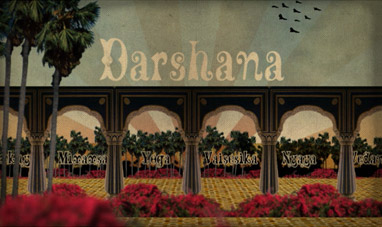

HINDUISM


HEAVY METAL
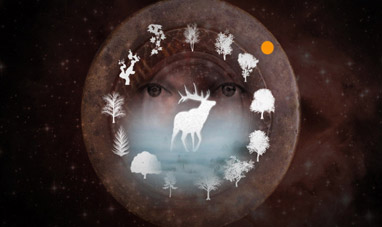

THE CELTIC HOROSCOPE
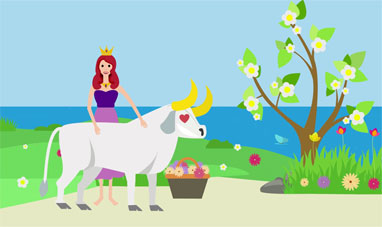

TAURUS


ARIES
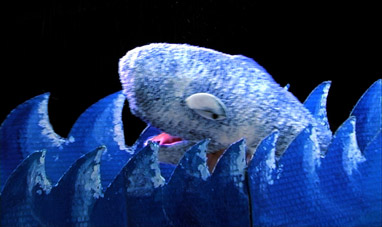

MOBY-DICK
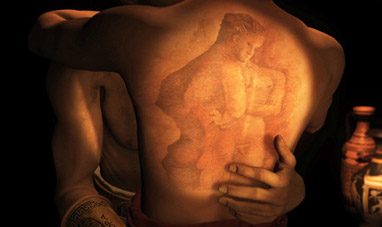

HOMOSEXUALITY IN THE ANCIENT WORLD


POP
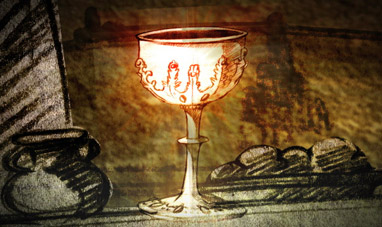

HOLY GRAIL, THE


BLUES
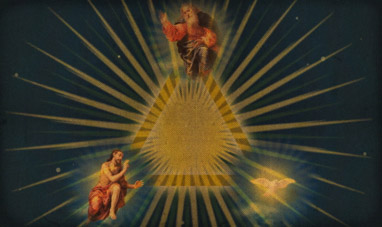

CHRISTIANITY


MEDEA
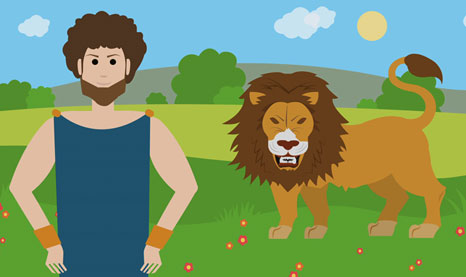

LEO
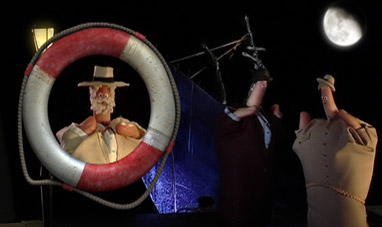

HEART OF DARKNESS
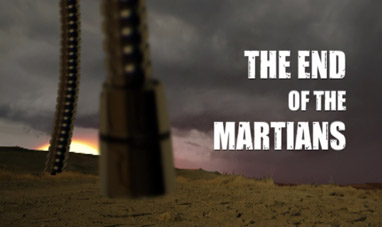

THE WAR OF THE WORLDS


MINE HOSTESS


ROCK


ANNA KARENINA
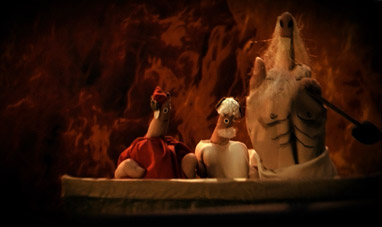

DIVINE COMEDY, INFERNO


DIVINE COMEDY, PARADISE


THE ILIAD
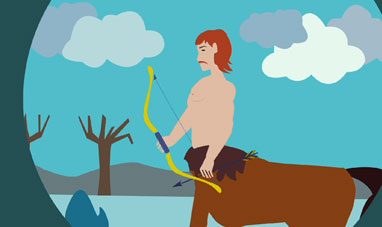

SAGITTARIUS


THE GEISHA
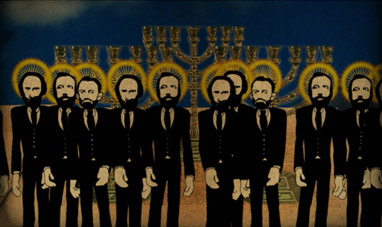

MORMONS


VIRGO


GEMINI
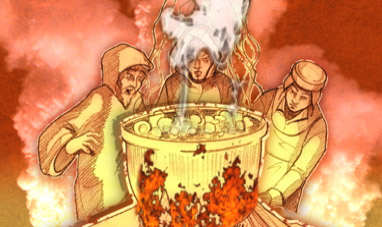

THE PHILOSOPHER'S STONE
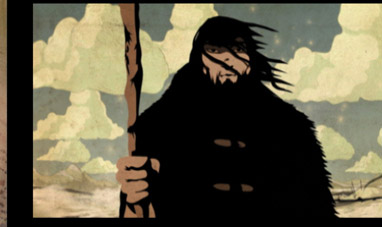

AINU COSMOGONY
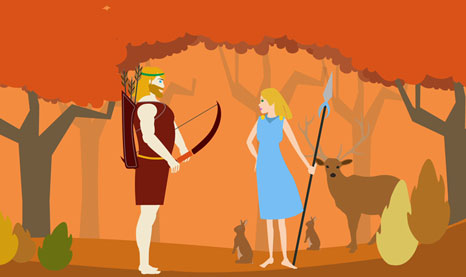

SCORPIO
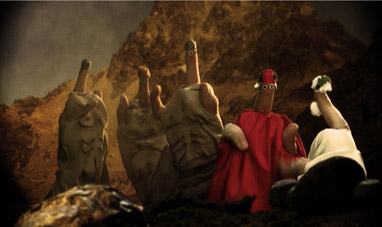

DIVINE COMEDY, PURGATORY


THE ODYSSEY


SEX IN THE KAMASUTRA
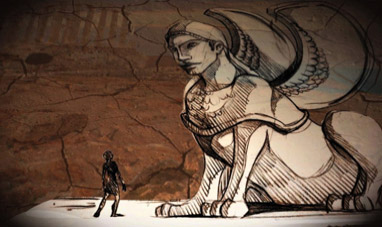

OEDIPUS


JAZZ
